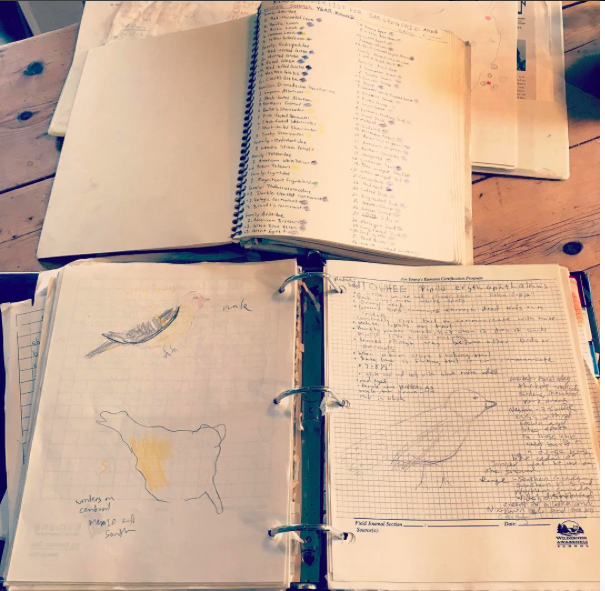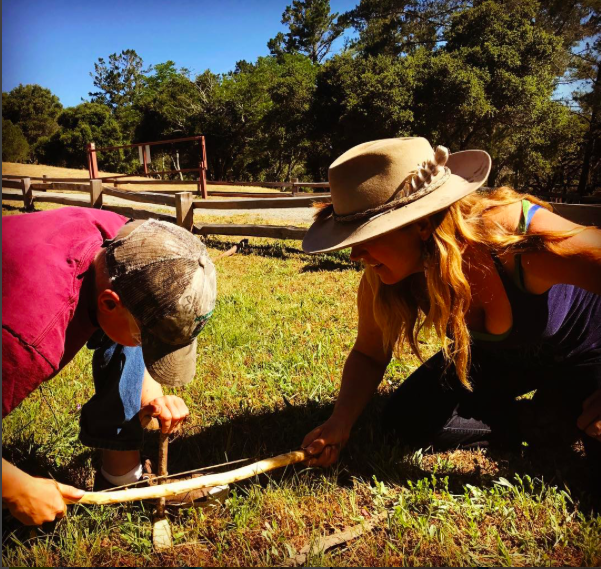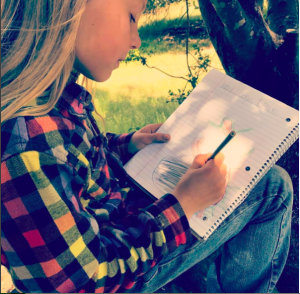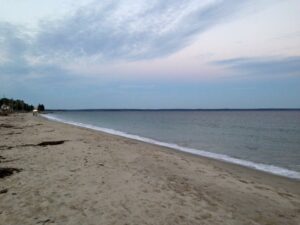As kids and parents everywhere get ready to get back to school—whatever that might mean in households and communities across the continent and beyond—we’re getting ready to publish Dawn Again, by Doniga Markegard. As well as being a memoir of Doniga’s time as a wildlife tracker and regenerative rancher, it is also a love letter to a nature-based education.

Doniga was fifteen years old and rebelling hard when she finally found her way to the Wilderness Awareness School near her home in Washington State. Attending high school through WAS changed Doniga’s life for the better (you can read more about that here), and the experience continues to ripple and reverberate through her adult life, and into the lives of her children, all of whom are also students at their local nature school in San Mateo County, California.  And Doniga has kept her hand in, too. She’s an instructor at Riekes Center for Human Enhancement, bringing what she learned in nature school to a new generation of students.
And Doniga has kept her hand in, too. She’s an instructor at Riekes Center for Human Enhancement, bringing what she learned in nature school to a new generation of students.
Because Doniga is passionate about nature education, she’s looking forward to celebrating the launch of Dawn Again with an interactive Facebook Live event on Wednesday, November 1.  We’re inviting nature school administrators and parents to take part, as well as anyone who’s curious about a nature-based education and whether it’s right for their family. The event is called What Comes After Nature School?, and it’s free and open to all who are interested.
We’re inviting nature school administrators and parents to take part, as well as anyone who’s curious about a nature-based education and whether it’s right for their family. The event is called What Comes After Nature School?, and it’s free and open to all who are interested.
The details:
What: An interactive Facebook Live event called What Comes After Nature School?
Who: Doniga Markegard, regenerative rancher, nature school graduate, author of forthcoming memoir Dawn Again: Tracking the Wisdom of the Wild
When: Wednesday, November 1 at 4pm-5pm PST
Where: Online, wherever you are! It’s all happening on our Facebook page
Why: To hear about Doniga’s nature school experience, the ways in which it prepared her for college and her adult life, and why she chooses it for her own children now, and to have your own questions about nature education answered
We look forward to seeing you there!



